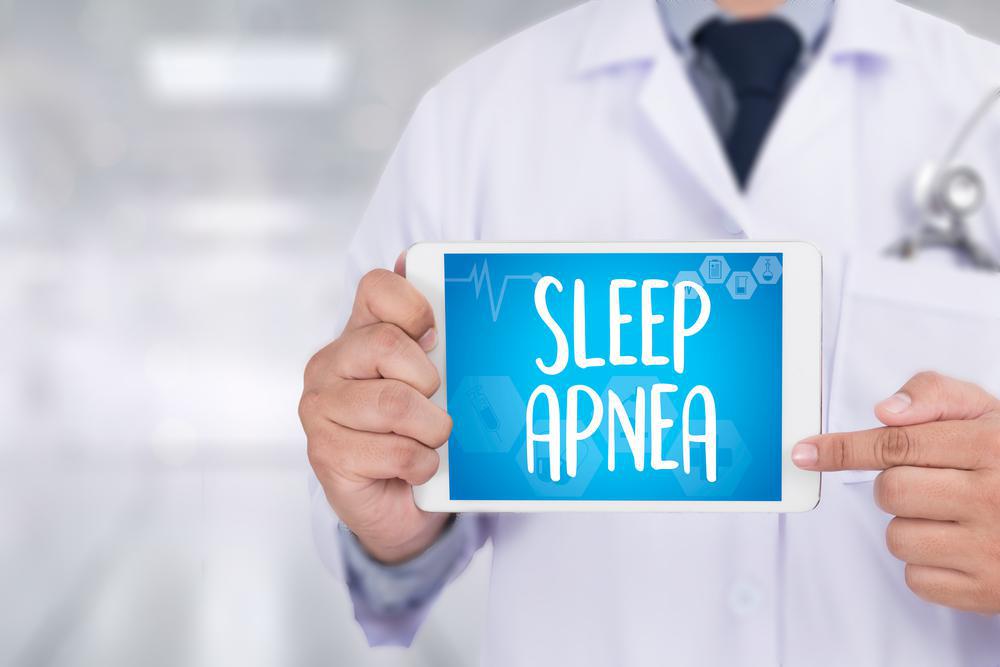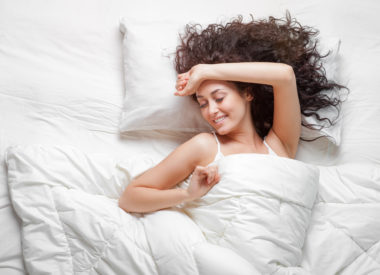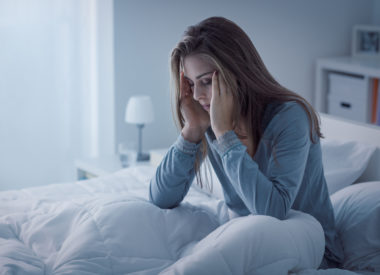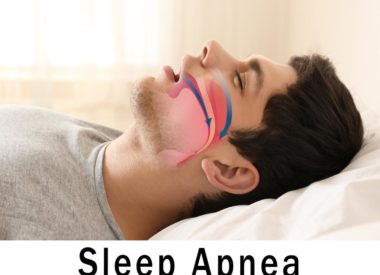Alternative therapies for treating your sleep apnea
The most common approaches for treating all sleep health problems include:
-
Prescriptive devices
-
Surgical
-
Pharmaceutical
-
Behavioral
All of these, of course, require you to undergo diagnostic observation by a sleep specialist in order to receive your differential diagnosis and to start treatment.
For sleep-breathing disorders obstructive sleep apnea (OSA), in particular some of the treatment options listed here aren’t available.
Prescriptive devices such as continuous positive airway pressure (CPAP) constitute the lions share of approaches for most sleep apnea concerns. However, those who may not be able to tolerate positive airway pressure (PAP) therapy aren’t stuck without options.
Sleep apnea is a sleep disorder that requires therapeutic assistance from a host of medical professionals (primary care physicians, pulmonologists, allergy specialists, and dentists); together, they can offer a number of avenues for treatment to help patients recover from dangerous sleep breathing patterns that will otherwise negatively impact their health directly over the roughly one third of their lives spent in sleep.
Alternative therapies for treating sleep apnea
Prescriptive devices: Oral appliance therapy (OAT)
We’ve talked about the value of treating sleep breathing disorders with oral appliances at this blog. Oral appliances (also known as mandibular advancement devices , or MAD) have been shown to provide effective treatment for mild to moderate sleep apnea and UARS.
Some patients with severe sleep apnea may be able to combine the use of an oral appliance with CPAP therapy (better known as combination therapy) to achieve good results as well.
There are also anti-snoring devices (or snore guards) which can offer tremendous relief for both sufferers and their sleep mates.
Prescriptive devices: Expiratory positive airway pressure
This is a kind of nostril patch that works when the user breathes against it during exhale, which can improve the “patency” or rigidity of the upper airway tissue and provide, for some, a kind of “tracheal traction” to make it easier to inhale.
Prescriptive devices:Oral pressure therapy
This works by using a small oral suction tube to draw the soft palate forward, which may stabilize the tongue and keep it from blocking the airway during sleep.
Surgical approaches
Historically speaking, until the 1980s, the only treatment for sleep apnea was tracheotomy, which seems radical today, considering all the minimally invasive and noninvasive options we have now.
- Pillar procedure. Tiny implants are inserted into the soft palate in this minimally invasive surgical procedure. Their presence may reduce tissue vibrations common to snoring, sleep apnea, and upper airway resistance.
- Somnoplasty. This procedure uses radio frequency (RF) energy to sculpt upper airway tissue under local anesthesia, which may effectively open the airway.
- Upper airway stimulation (UAS). This is a small device that is surgically implanted into the chest to deliver carefully timed electrical impulses to the airway during sleep. Controlled neurostimulation may achieve improved firmness of the tissues in order to prevent their collapse.
- Uvulopalatopharyngoplasty (UPPP). Also called UP3, this surgical procedure removes excess tissue in the throat, soft palate, uvula, tongue, tonsils, and/or parts of the pharynx to create more space in the upper airway; this may prevent airway collapse during sleep.
- Adenoidectomy or tonsillectomy. Simple surgical removal of the adenoids or tonsils alone can open up space in an otherwise crowded mouth and throat to relieve airway resistance and snoring.
- Hyoid bone advancement. This bone at the back of the neck is where the tongue attaches. It can be repositioned surgically in a minimally invasive procedure to prevent the tongue from slipping too far down the throat during sleep, if this is amain reason for having apneas. Other repositioning procedures (for the upper and/or lower jaw) also permanently correct what an oral device does, temporarily, every night.
- Numerous other surgeries have been used to correct obstructive sleep apnea or other problems with upper airway resistance, such as procedures to correct a deviated septum, collapsed nasal valves, nasal polyps, or swollen turbinates.
Pharmaceutical options
Sleep apnea drugs?
There are currently no drug treatments for OSA, although theres new early-stage research into a potential cannabinoid that could be used for this purpose. This does not mean that going out and using marijuana is going to fix your sleep apnea, however, as there are risks to using marijuana for those with OSA. The compound researchers are studying may become a synthetic medication that has no resemblance to marijuana in its final form.
Medications that influence sleep apnea
For some people with OSA, a close examination of current medications is still in order, as many of todays most common prescription drugs can actually aggravate or worsen sleep apnea. If you have sleep apnea and have not reviewed your drugs with your doctor or pharmacist, its well worth the time taken to ensure you aren’t inadvertently making matters worse for yourself.
Behavioral therapies (guided and self-guided)
Most times, treatment for a mechanical disorder like OSA requires a mechanical approach.
However, some people who could greatly benefit from CPAP may have significant problems with claustrophobia or anxiety. Additional effort spent working with a sleep specialist trained in cognitive behavior therapy can help make CPAP much easier for them to tolerate and master.
Another quasi-behavioral approach that benefits many with mild sleep apnea: positional therapy. Essentially, positional therapy teaches patients to sleep either on their left or right sides in order to avoid apneas.
Some people have sleep apnea only when they are sleeping on their backs, so this simple approach can work wonders for those who struggle with CPAP.
There are special pillows that can help facilitate this change as well as homespun approaches (like sewing a tennis ball into the back of ones sleep shirt to make supine sleeping uncomfortable).
Finally, exercises that improve the tone of the upper airway have been shown to benefit some people, though they only succeed, as with every other therapy, when the patient practices due diligence.
Whatever approach, the goal is still the same: to heal and feel better
In the end, what matters the most is the final outcome of whatever therapy the patient employs. This also means that people with OSA should be given their full range of treatment options, some of which may extend beyond traditional approaches.
At Sound Sleep Health, we are happy to help you find the right protocol of therapies to successfully treat your sleep breathing problems.



